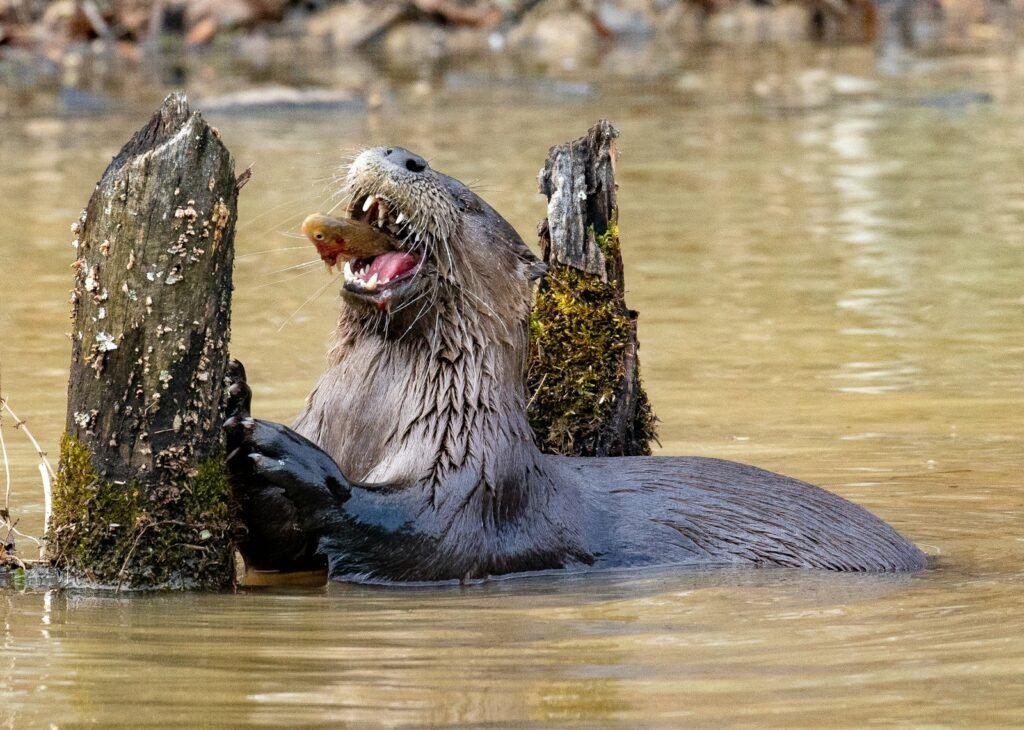Deep in the heart of the world’s most remote and untouched regions, tribes have developed unique and extreme methods of fishing that have been passed down through generations. These techniques are not merely survival strategies; they are cultural rituals that provide a window into the harmonious relationship between humans and nature. With a rich tapestry of traditions and knowledge, tribes have harnessed the power of nature in ways that are both fascinating and sustainable. This article delves into the captivating world of extreme fishing, focusing on the use of poison and hand spears. It’s a journey that explores the intersection of human ingenuity and nature’s bounty, offering a glimpse into the lives of those who see fishing not just as a way to procure food, but as a sacred dance with the elements.
The Art of Fishing with Poison
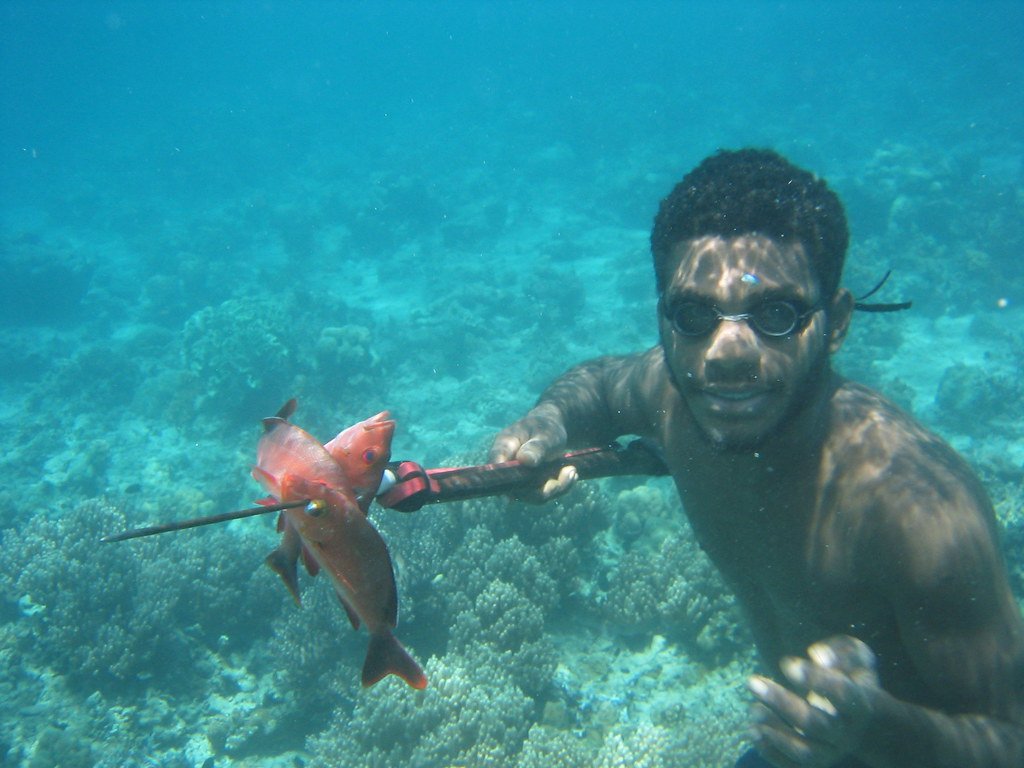
Fishing with poison is a practice that has been utilized by various indigenous tribes around the world. This method involves using natural plant-based poisons to temporarily stun or immobilize fish, making them easier to catch. The most commonly used plants include those containing rotenone, a naturally occurring compound that affects the gills of fish, rendering them unable to breathe. Tribes such as the Yanomami in the Amazon rainforest have mastered this technique, using it as a sustainable way to harvest fish without depleting the ecosystem. The process begins with the careful selection and preparation of the plants, which are then crushed and mixed with water. The mixture is introduced into streams or small ponds, where it quickly disperses. Fish that come into contact with the poison are temporarily incapacitated and float to the surface, where they can be easily collected. This method allows tribes to catch fish without the use of modern equipment, relying instead on their deep understanding of the natural world.
The Science Behind Plant-Based Poisons
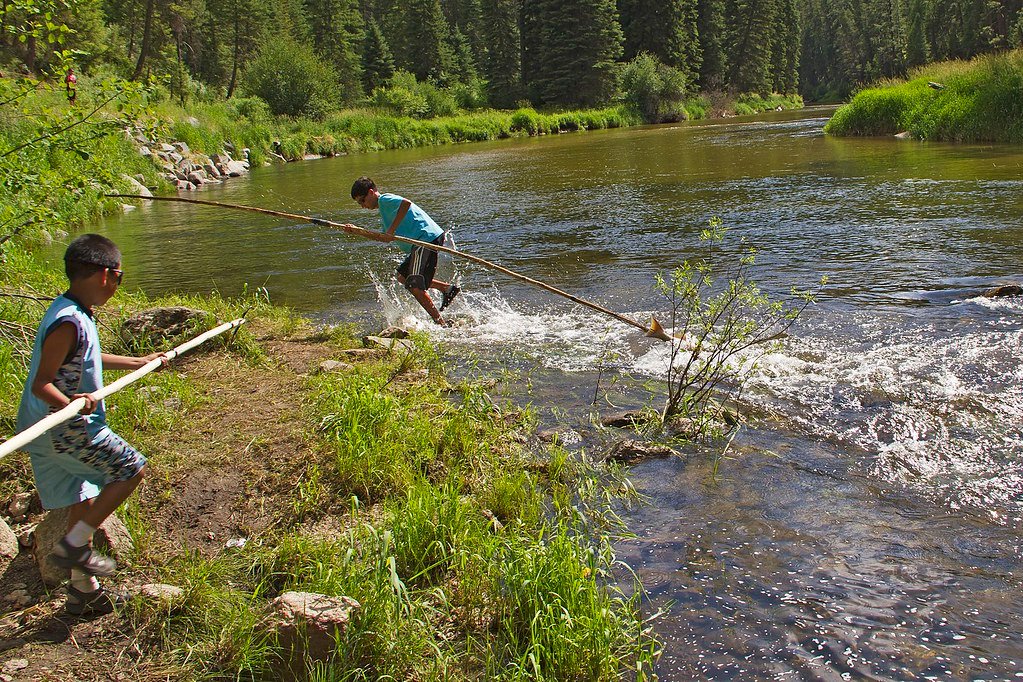
The use of plant-based poisons in fishing is not just an ancient practice; it is a testament to the scientific knowledge possessed by indigenous tribes. Rotenone, the primary compound used in these poisons, is derived from the roots of certain plants and has been recognized for its effectiveness in controlling fish populations. When introduced into water, rotenone inhibits cellular respiration in fish, causing them to become lethargic and float to the surface. Importantly, this compound breaks down quickly in the environment, minimizing its impact on non-target species and ensuring the sustainability of the practice. The use of rotenone is a remarkable example of how traditional knowledge and scientific principles can converge to create a method that is both effective and environmentally conscious. This understanding of the natural world has been honed over centuries, allowing tribes to maintain a delicate balance within their ecosystems.
Hand Spears: Precision and Skill

Hand spears are another traditional fishing method that requires incredible precision and skill. Unlike modern fishing techniques that rely on nets or hooks, hand spearing demands a deep connection with the environment and the ability to anticipate the movements of fish. Tribes such as the Asmat of Papua New Guinea are renowned for their expertise in using hand spears, a craft that is often learned from a young age. The spear itself is typically crafted from locally sourced materials, such as wood or bamboo, and is often adorned with intricate carvings that hold cultural significance. Spear fishing requires patience and practice, as the fisherman must remain still and silent, waiting for the perfect moment to strike. This method is not just about catching fish; it is a dance between man and nature, a testament to the hunter’s skill and respect for the creatures of the water.
Cultural Significance of Fishing Techniques
For many tribes, fishing is not just a means of sustenance; it is an integral part of their cultural identity. The methods used to catch fish are often steeped in tradition and are accompanied by rituals and ceremonies that honor the spirits of the water. In some cultures, fishing is seen as a rite of passage, with young members of the tribe learning the skills from elders as a way to connect with their heritage. The tools and techniques used in fishing are often passed down through generations, each carrying stories and lessons from the past. For these communities, fishing is a way to preserve their way of life, a testament to their resilience and adaptability in the face of changing environments. It is a practice that embodies the values of respect, sustainability, and harmony with nature.
Sustainability and Environmental Impact
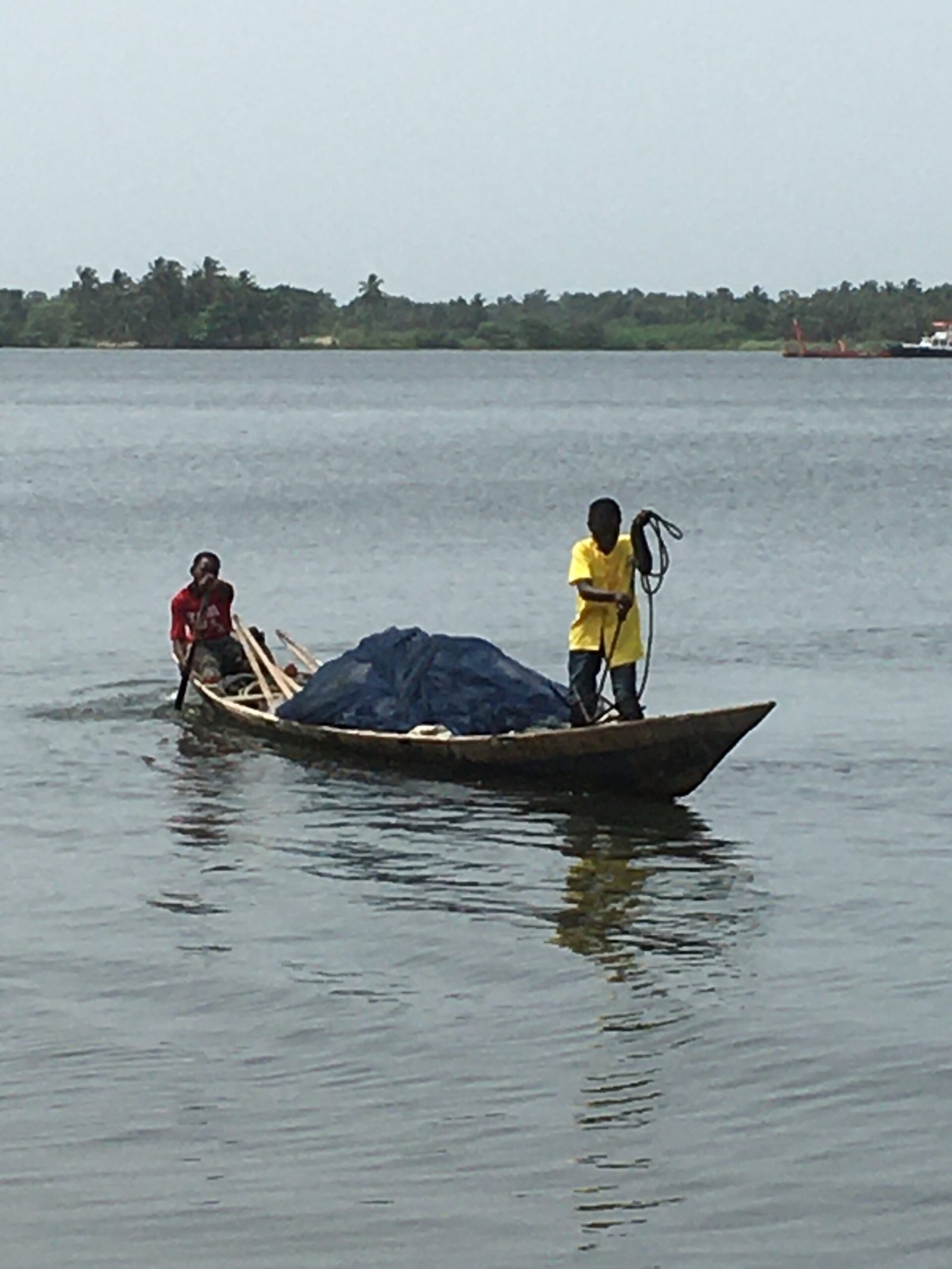
One of the most remarkable aspects of these fishing techniques is their sustainability. Unlike industrial fishing practices that can deplete fish populations and damage ecosystems, traditional methods such as poison and hand spearing are designed to have minimal impact on the environment. The use of natural poisons ensures that fish populations can recover quickly, while hand spearing allows fishermen to be selective in their catches, avoiding overfishing. These practices are rooted in a deep understanding of the natural world and are guided by principles of conservation and respect for all living creatures. By maintaining a balance between human needs and environmental health, tribes have been able to sustain their communities for generations. In a world where environmental degradation is a growing concern, these traditional methods offer valuable insights into how we can coexist with nature in a sustainable manner.
The Role of Knowledge and Tradition
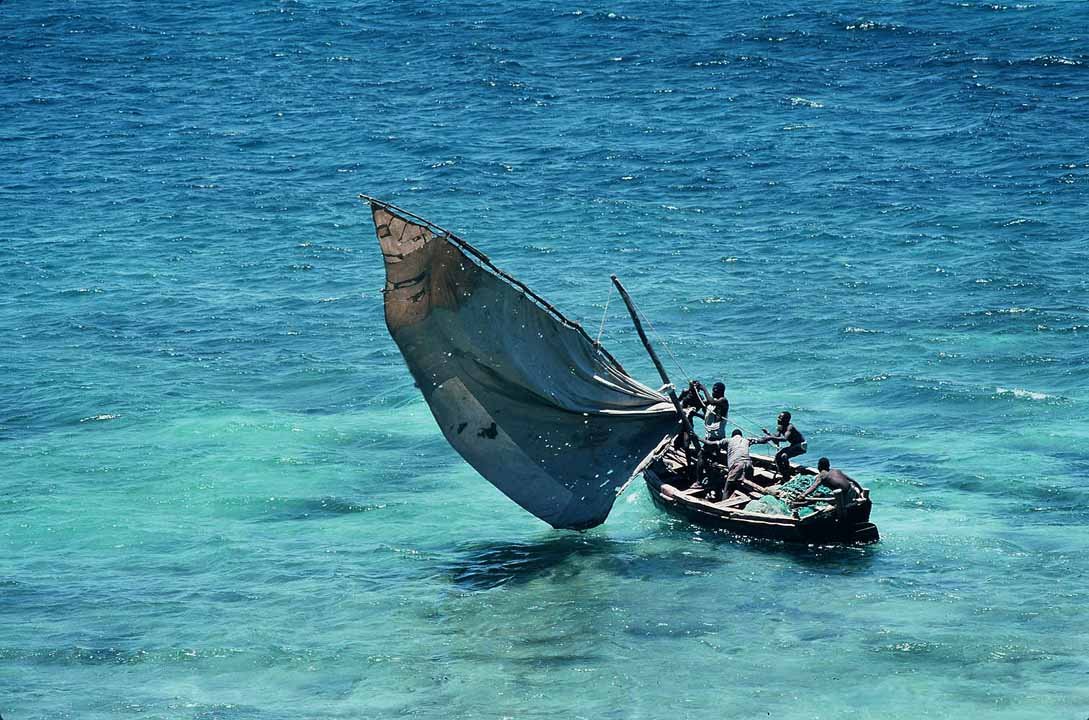
The knowledge and traditions associated with extreme fishing techniques are invaluable cultural assets. They represent a wealth of information about local ecosystems, plant properties, and animal behavior that has been accumulated over centuries. This knowledge is often passed down orally, through stories and teachings, ensuring its preservation for future generations. However, the encroachment of modernity and the loss of indigenous lands pose significant threats to these traditions. It is essential to recognize and support the role of indigenous communities in preserving biodiversity and maintaining ecological balance. By valuing and protecting traditional knowledge, we can learn from the wisdom of those who have lived in harmony with nature for millennia.
Challenges and Threats to Traditional Fishing Practices
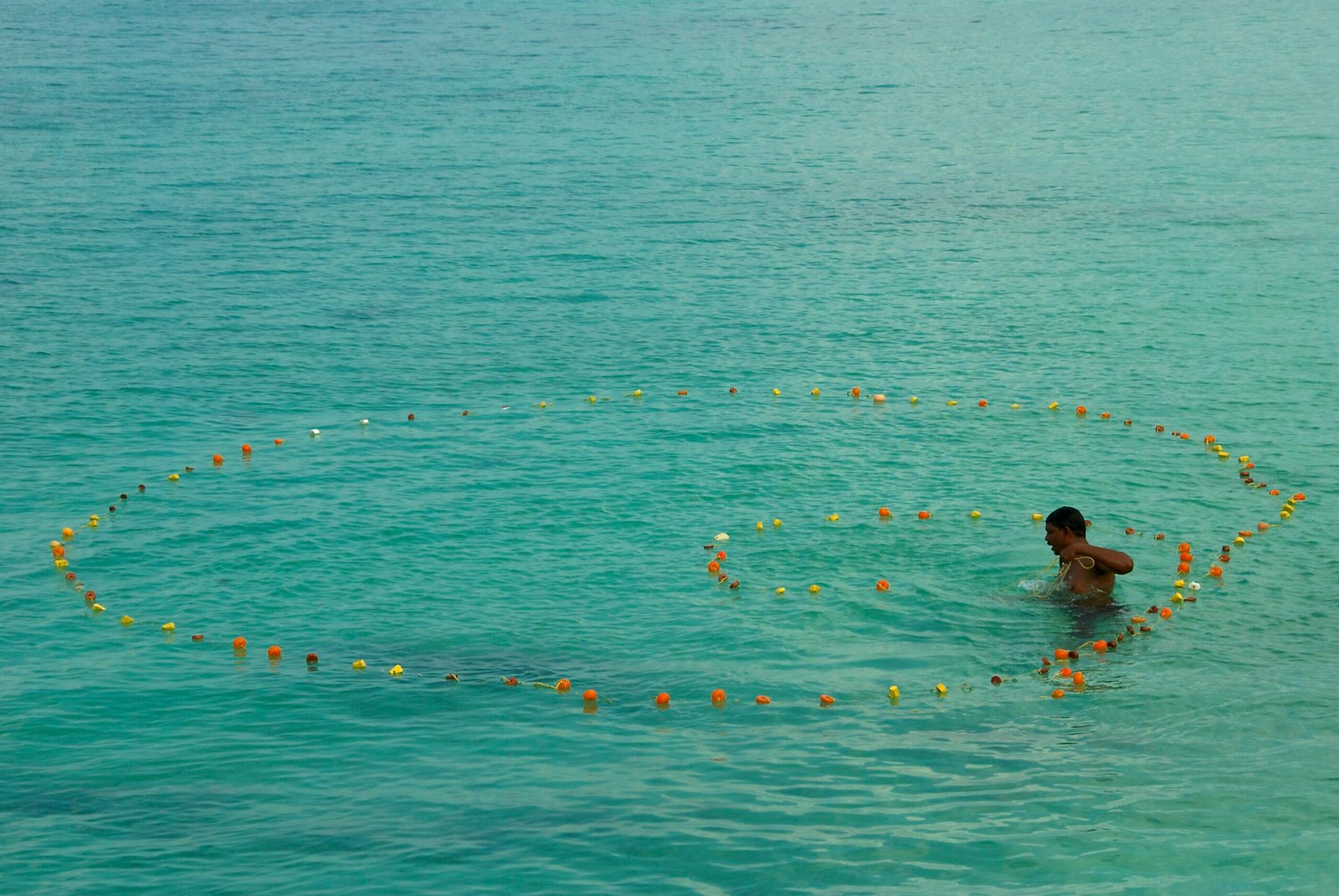
Despite their sustainability and cultural significance, traditional fishing practices face numerous challenges. Modernization, environmental changes, and the loss of traditional lands have put pressure on indigenous communities and their way of life. The introduction of new technologies and fishing methods can disrupt traditional practices, leading to a loss of cultural identity and knowledge. Additionally, climate change and habitat destruction threaten the delicate balance that these communities have maintained with their environment. It is crucial to address these challenges by supporting indigenous rights and promoting policies that protect their lands and traditions. By doing so, we can ensure the preservation of these valuable cultural practices and the ecosystems they sustain.
Learning from Indigenous Practices
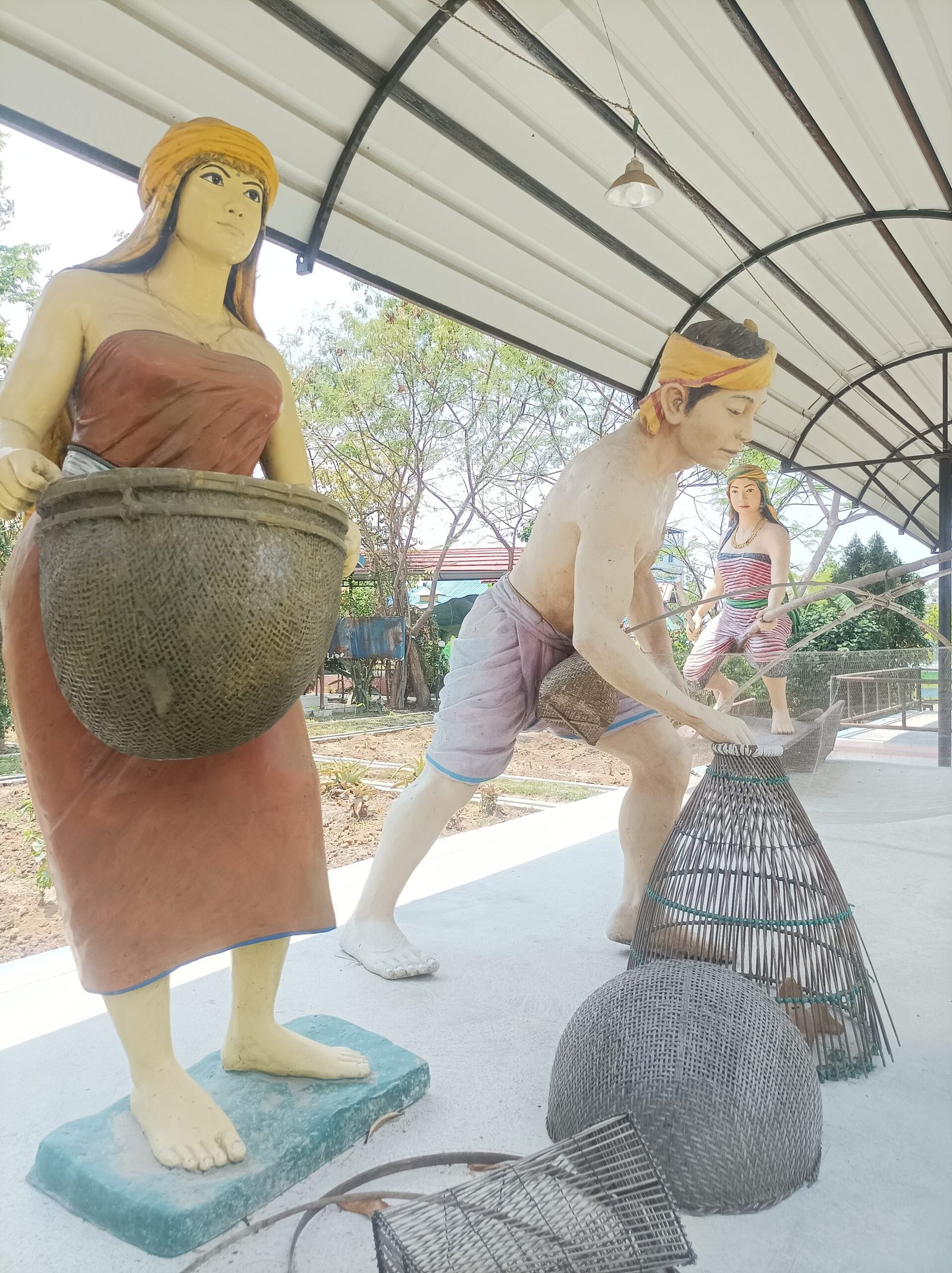
In an era where sustainability and environmental conservation are of paramount importance, there is much to learn from the traditional fishing practices of indigenous tribes. These methods offer a model for how humans can live in harmony with nature, utilizing resources in a way that is both respectful and sustainable. By studying and incorporating these practices into modern conservation efforts, we can develop more effective strategies for managing natural resources. Indigenous knowledge provides valuable insights into the interconnectedness of ecosystems and the importance of maintaining balance. By embracing this wisdom, we can work towards a more sustainable future that honors the relationship between humans and the natural world.
Conclusion: A Call to Action

The extreme fishing techniques of tribes around the world are not just fascinating cultural practices; they are a testament to the ingenuity and resilience of indigenous communities. These methods offer valuable lessons in sustainability, conservation, and the harmonious coexistence of humans and nature. As we face growing environmental challenges, it is essential to recognize and support the role of indigenous knowledge in preserving biodiversity and maintaining ecological balance. By valuing and protecting these traditions, we can learn from the wisdom of those who have lived in harmony with nature for millennia. Let us embrace this knowledge and work together to create a more sustainable future for all.


